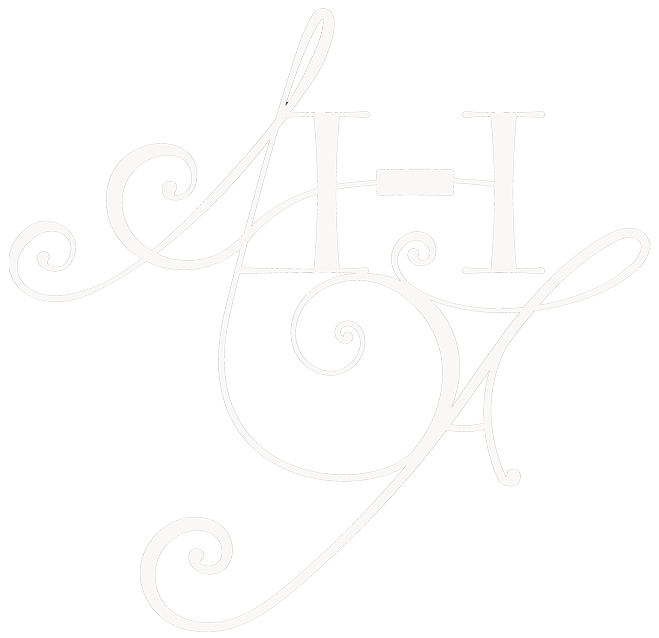This pre-recorded project was a collaboration with my friend Geoff Schnefsky who repairs and restores antique instruments. He said he would repair an instrument of great sentimental value to me if I recorded this piece of music for him, but played it in baroque tuning (415Hz) on an instrument of his. I recorded everything first, then filmed it (which is very hard to sync up – but we needed the integrity of a studio vs live recording) on this charming lionhead violin, about which you can read here:
“I was given the body of a Lionhead fiddle from friend Mr. Constant, alas it was missing the top plate. The body was etched with the date 1779 on the outer bass rib, and on the inside of the rib was inscribed in ink “repaixxxxxxx Wilks 1887”. This inscription appears to be the signature of a repair person. The violin back is stamped “London” just below the button, and there is another indecipherable word below it. The violin is a throughneck type of construction. It appears Lionhead necks were common in England in the 1700s, as they were throughout Europe, and London was a hub of violin manufacture. As well, throughneck construction methodology is ancient. As with all antique violins, there is no way of knowing if inscriptions and labels are original or added later, but this body may actually be that old. Many months later Mr. Constant provided a top plate of a Stainer model that fit the bottom. The top plate was probably from mid 1800s Germany. It was separated at the seam and had a short glued-in bassbar. Schnefsky rebuilt the entire violin including a new full length bass bar, corner blocks, edge and purfling repairs, and new pegs, tailpiece, endpin, and bone nut and saddle. A Baroque style bridge was used. The fingerboard was carved from antique Lacewood from Brazil, purchased from an exotic wood recycler. The fingerboard was carved in the high-rise Baroque manner as the neck was attached almost parallel and not at a modern angle. The tongue on the lionhead was also carved from Lacewood, and was made rather long and curvacious to bring good luck to the instrument. The strings are Pirastro Gold Label wound gut from Germany. The violin was named “The Constant” to thank the original donor and to represent the longevity of the antique fiddles it is created from. “still constant in a wondrous excellence” (Shakespeare). Bach composed the Sonata in 1720, and it was first published in 1820.”
I performed on instruments created by luthier Scott F. Hall. We wanted to assess various acoustic properties of these instruments and how their designs changed the tone, colour and overall sonic structure of various classical pieces. I am the proud owner of two instruments from his private collection. You can read more about Scott and his instruments HERE.
This was a fun project by LA-based musician Pullman Standard. Various musicians covered “Tonight, Tonight” by the Smashing Pumpkins.
